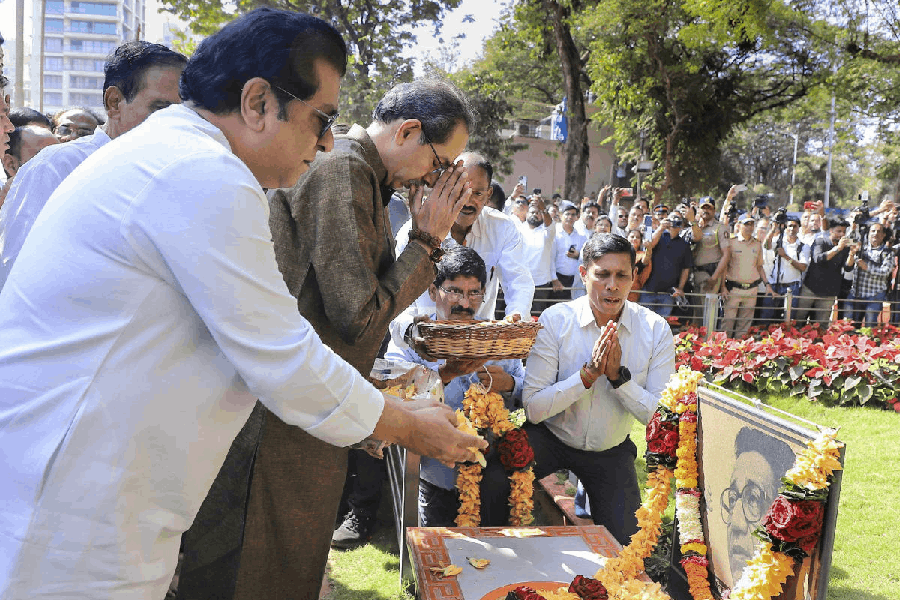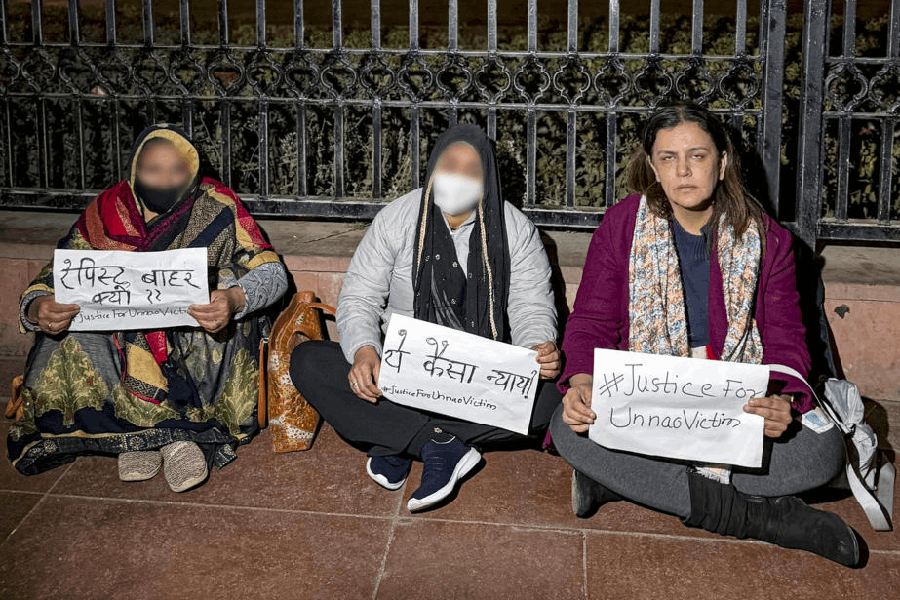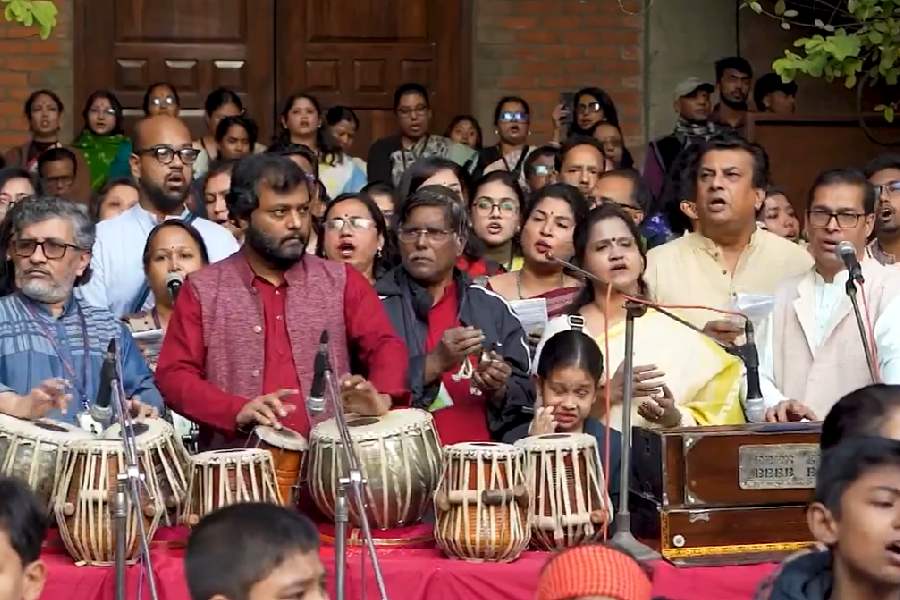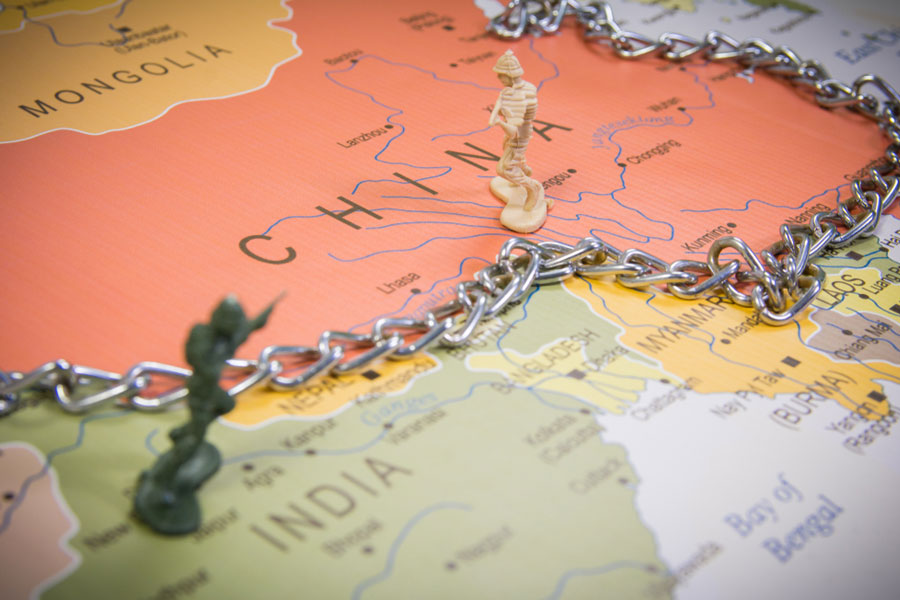 |
| Potol paturi |
As you may have noticed, there is quite a bit that’s common between the people of Kerala and West Bengal. Both like fish, football and folitics. But a couple of weeks ago, as Malayalis celebrated Onam, I was reminded of one big difference. Kerala’s chief festival is marked with a vegetarian feast (except among some Syrian Christians). On the other hand, Bengal’s biggest festival — the Durga Puja — is celebrated with a table full of delicious meat and fish dishes.
Yet, vegetables have an important role to play in the Bengali cuisine too. Non-vegetarian fare is so much a part of the Bengali’s diet — not just in pujas but in weddings and deaths as well — that one tends to forget that vegetable dishes are equally loved. And while mutton, chicken, fish and prawns occupy the pride of place on a Bengali table during occasions such as the Durga Puja, vegetables are equally feted.
 |
| Lau kofta |
And now, I understand, old vegetable dishes are being given a makeover too for special occasions. When I asked Anjan Chatterjee, the owner of Oh! Calcutta, Mainland China and other chains, what kind of vegetarian fare would go well with the Puja feasts, he suggested a host of new dishes — all vegetarian but with an interesting twist. He came up with ways to cook veggies with methods or ingredients generally used in meat and fish recipes.
For instance, instead of the prawn malai curry — which is a much loved dish of prawns in coconut milk — you can have something called broccoli malai curry, with broccoli florets replacing the prawns. Or take something like daab chingri — in which shrimps are cooked and served inside a green coconut. The vegetarian version of this is daber torkari — where the creamy and tender meat of a green coconut is cooked with a mix of vegetables.
“The idea is to give vegetable dishes a surprising turn,” says Bhaskar Dasgupta, chef in charge at Oh! Calcutta, Delhi. “We are doing that by mixing ingredients and methods of cooking,” he says.
I realised what was cooking when he mentioned potol paturi. Now we all know the potol, or parwal, as it’s called in the north. It’s one of those vegetables either loved or hated. I like it mostly cut into thin strips and crisply fried, and am a bit apprehensive of potoler jhol — in which you find the gourd swimming helplessly in gravy.
But I must admit the recipe that chef Dasgupta has given us is interesting. Paturi — a dish where a leaf is wrapped around an ingredient like a fillet of fish and then steamed — has been put into effect with the parwal. But this is a fried paturi dish that should work well with the gourd, which I really think is best eaten fried — though some of my Bengali friends believe you can’t surpass the dolma, in which it is stuffed with minced meat or fish.
It has often struck me that Bengalis tend to be fond of those vegetables that generally evoke shudders from others. You know, stuff such as lau (bottle gourd) or kumro (pumpkin) are much loved and cooked with care. But chef Dasgupta seeks to point out that the bottle gourd can be made exotic too, with the lauki kofta, which is a dish popular in the north, being given a Bengali touch.
“Since the lau is generally not eaten in the form of a kofta in the east, we thought we could cook it in that way,” says the chef. But the kofta curry in this case is being flavoured with aam aada or zedoary, a kind of root which has the fragrance of both ginger and mangoes.
I might as well confess that I actually love vegetables and can go without anything meaty or fishy for days on end. But while traditional vegetable dishes make me happy, I might say I look forward to giving ol’ veggies a push too. Change, after all, is the only constant.
Daber torkari (serves 2)
 |
Ingredients:
• 30g carrots • 30g broccoli • 30g cauliflower • 20g potato • 20g beans • 30g baby corn • 20g green peas • 50g tender coconut paste • 30ml coconut milk • 30g butter • 15g mustard paste • 2 green slit chillies • 10g green chilli paste • salt to taste • sugar to taste
Method:
Blanche the vegetables but make sure they don’t lose their colour. Heat butter in a heavy-bottomed pan. Add slit green chillies. When they start to crackle, add all the blanched vegetables. Sauté well. Add coconut paste and coconut milk and cook well. Check the seasoning, add mustard paste and green chilli paste. Serve hot with rice.










